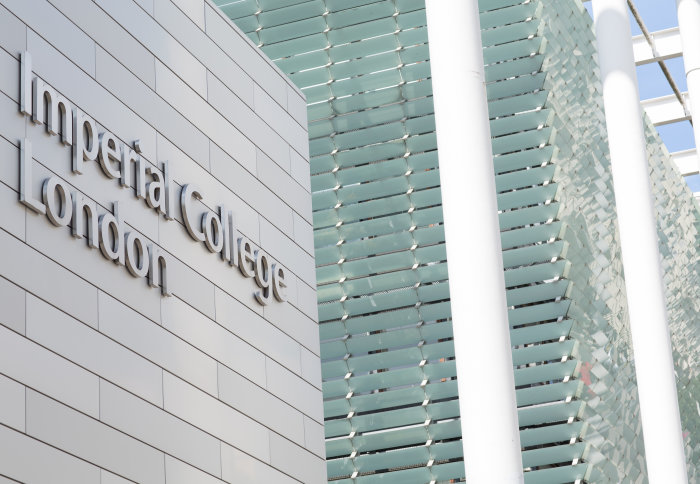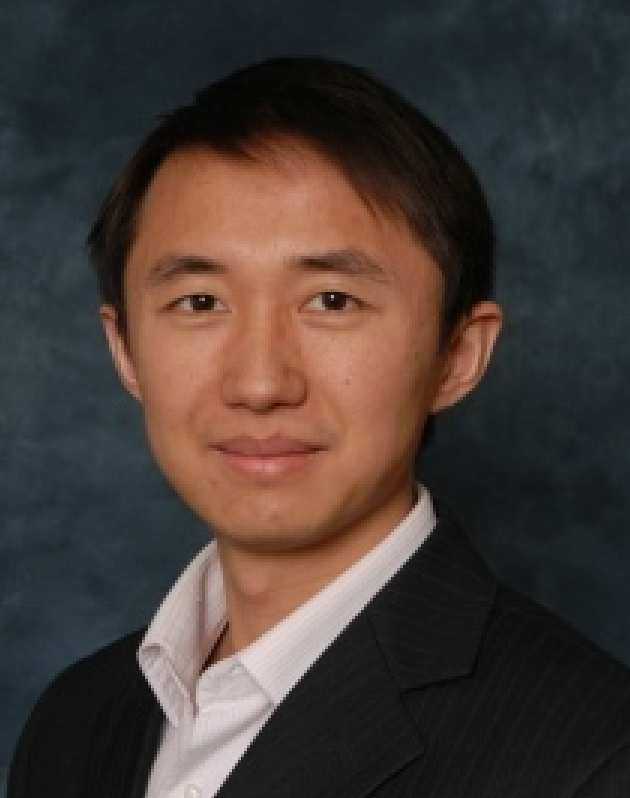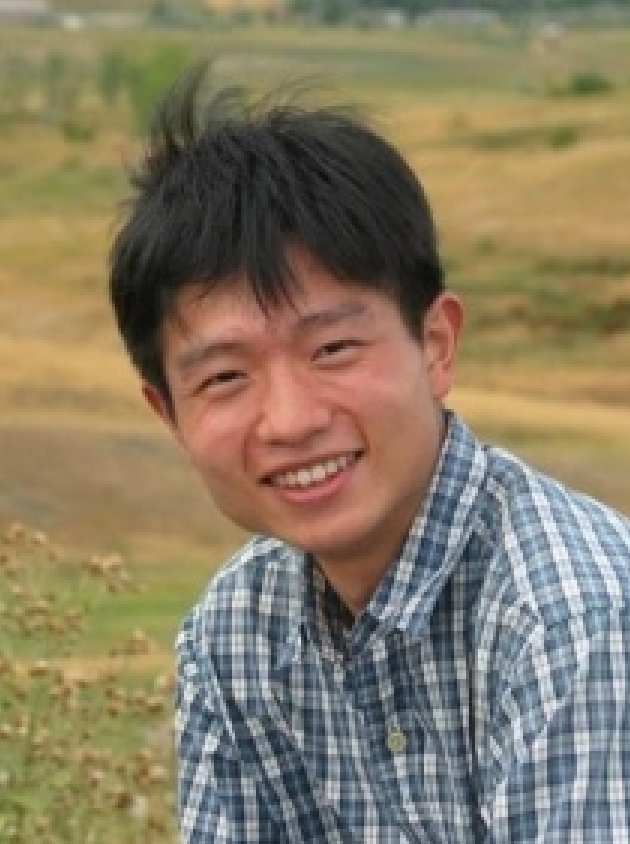

This spring the Faculty of Engineering at Imperial College London has attracted over £2 million for cutting edge research in security and defence.
The projects, which are funded by organisations including the MoD’s Defence and Security Accelerator, the Engineering and Physical Research Council and GCHQ, demonstrate the breadth of expertise tackling national security challenges at Imperial.
Professor Bill Lee, Co-Director of the Institute for Security Science and Technology said “Imperial has a long and rich history of world-class research in security, resilience and defence, and it’s great to see this continuing to be recognised through research funding.”
Three of the projects are summarised below.
Post-Quantum Cryptography, Dr Cong Ling
 Cryptography is essential to secure communications, and something we take for granted in everyday interactions online. When quantum computers become a reality, the cyber security schemes protecting the flow of our data will become vulnerable to attacks which exploit the nature of quantum mechanics.
Cryptography is essential to secure communications, and something we take for granted in everyday interactions online. When quantum computers become a reality, the cyber security schemes protecting the flow of our data will become vulnerable to attacks which exploit the nature of quantum mechanics.
This £800k joint project with Royal Holloway, University of London, will investigate mathematical structures called lattices, and how they are applied to coding and cryptography for quantum-proof, secure communications.
Metasurface retro-reflectors, Professor Richard Syms

As radar detection improves, more effective countermeasures are needed to protect defence assets. Existing systems include jammers, passive chaff and active decoys based on digital radio frequency modulation. Chaff appears as static clutter and hence can be defeated using Doppler radar. Active decoys appear as realistic false targets, but are inherently heavy, expensive and limited in number.
Based on Professor Syms’ team’s experience of thin-film metamaterials and modulating optical retro-reflectors, this project will develop an intermediate type of radar decoy from corner cubes containing modulated metasurfaces that can be manufactured cheaply, stored and deployed easily and be capable of distracting advanced radar.
Efficient and Super-resolved Localisation of Needles in an EM Haystack, Dr. Wei Dai
 Electromagnetic (EM) waves, such as radio waves, microwaves and infra-red radiation, are essential to both civilian and sensitive communications. Government agencies and militaries need to be able hide and then detect their own sensitive communications, and also detect hidden communications from adversaries, all in a complex and crowded EM environment.
Electromagnetic (EM) waves, such as radio waves, microwaves and infra-red radiation, are essential to both civilian and sensitive communications. Government agencies and militaries need to be able hide and then detect their own sensitive communications, and also detect hidden communications from adversaries, all in a complex and crowded EM environment.
The project targets at EM situation awareness capturing four modes of information, namely spectrum, time, space, and waveform, to unprecedented precision and with efficient computations. The technical approach is built on the novel and state-of-the-art framework of blind super-resolution that detects, separates, and locates unknown waveforms in a complicated EM battlefield and hence largely enhances UK’s capability of electronic surveillance. The focus of Phase 1 of this project is on designing efficient algorithms that reduce the computational complexity in orders of magnitude.
Imperial is rapidly becoming a hotbed of innovation in security, resilience and defence, with the recent announcement of the Critical Infrastructure cluster at Imperial White City.
The Institute of Security Science and Technology also recently announced a new MSc Security and Resilience course, starting later this year.
If you’re interested in any of the projects mentioned or the work of the ISST, please get in touch with Max at securityscience@imperial.ac.uk
Article text (excluding photos or graphics) © Imperial College London.
Photos and graphics subject to third party copyright used with permission or © Imperial College London.
Reporter
Max Swinscow-Hall
Institute for Security Science & Technology



